News Release
You are viewing ARCHIVED content published online before January 20, 2025.
Please note that this content is NOT UPDATED, and links may not work. For current information,
visit https://www.nps.gov/aboutus/news/index.htm.
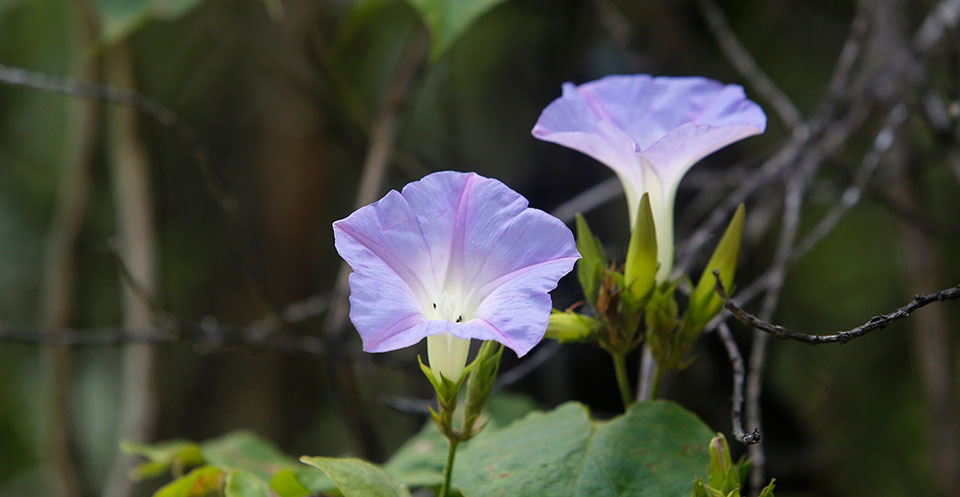
NPS Photo/Michael Szoenyi
|
Subscribe
|
Contact: Jessica Ferracane/Public Affairs Specialist, 808-985-6018
Hawaii National Park, Hawai‘i – Hawai‘i Volcanoes National Park continues its tradition of sharing Hawaiian culture, After Dark in the Park talks, and other programs throughout March. In addition, everyone is invited to lend a hand to save native rainforest through the park’s volunteer stewardship opportunities.Park programs are free, but entrance fees apply. Programs are co-sponsored by Friends of Hawai‘i Volcanoes National Park and Hawai‘i Pacific Parks Association. Mark the calendar for these upcoming events:
Stewardship at the Summit. Volunteer to help remove invasive, non-native plant species that prevent native plants from growing in Hawai‘i Volcanoes National Park, a World Heritage Site. Wear sturdy hiking shoes and long pants. Bring a hat, raingear, day pack, snacks and water. Gloves and tools are provided. Under 18? Parental or guardian accompaniment or written consent is required. Visit the park website for additional planning details: https://www.nps.gov/havo/planyourvisit/summit_stewardship.htm.
When: March 3, 9, 16, 23 & 31 at 8:45 a.m.
Where: Meet project leaders Paul and Jane Field at Kīlauea Visitor Center on any of the above dates.
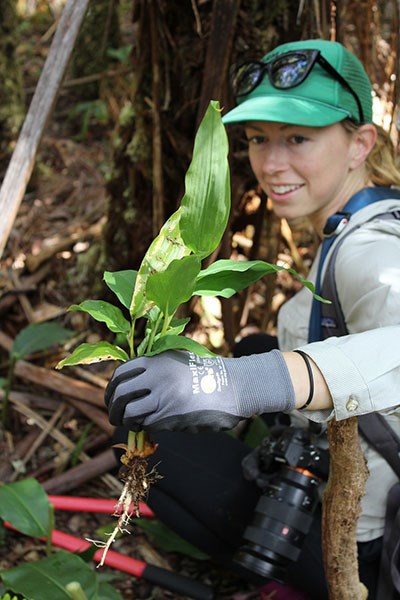
NPS Photo
When: Every Thursday at 9:30 a.m. (March 1, 8, 15, 22 & 29)
Where: Meet at the Kīpukapuaulu parking lot, Mauna Loa Road, off Highway 11 in the park.
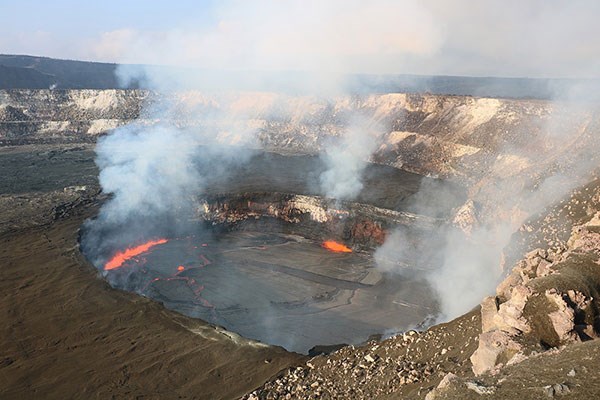
USGS photo/Matt Patrick
When: March 6 at 7 p.m.
Where: Kīlauea Visitor Center Auditorium
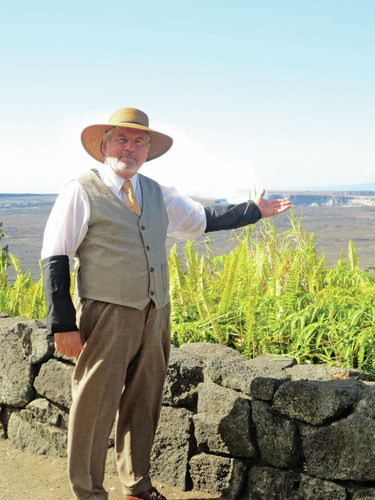
NPS Photo
When: March 6, 20 & 27 at 10 a.m., noon and 2 p.m. Each performance is about an hour.
Where: Meet at the Kīlauea Visitor Center
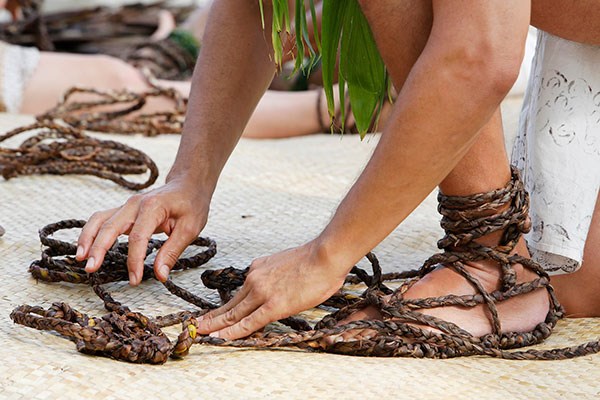
NPS Photo/Michael Szoenyi
When: Wed., March 14 from 10 a.m. to 12 p.m.
Where: Kīlauea Visitor Center lānai
Pū‘ohe (Hawaiian Bamboo Trumpet) Demonstration. The pū‘ohe is a Hawaiian bamboo trumpet. It has a deep sound somewhat like a conch shell, and like other native instruments, pū‘ohe requires the special spirit breath to produce the proper sound. Rangers and Hawai‘i Pacific Parks Association staff will help you make your own pū‘ohe. Part of Hawai‘i Volcanoes’ ‘Ike Hana No‘eau “Experience the Skillful Work” workshops. Free, and in Kahuku. The Kahuku Unit is a 50-minute drive south of the park’s main entrance, near mile marker 70.5 on Highway 11.
When: Fri., March 16 from 10 a.m. to 12 p.m.
Where: Kahuku Unit
When: Fri., March 16 from 10 a.m. to 12 p.m.
Where: Kahuku Unit
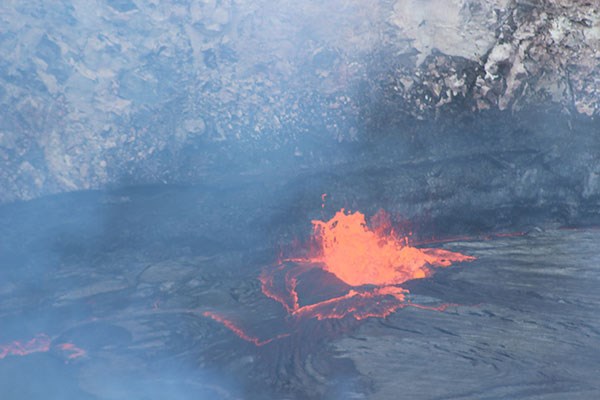
NPS Photo
When: Tues., March 27 at 7 p.m.
Where: Kīlauea Visitor Center Auditorium
Hū (Hawaiian Top) Demonstration. Early Hawaiians devoted much of their time to games, amusement and relaxing. Top-spinning was an absorbing activity for children, and making hū (kukui nut top) was equally engaging. Rangers and staff from Hawaii Pacific Parks Association will help you make your own hū. Part of Hawai‘i Volcanoes’ ‘Ike Hana No‘eau “Experience the Skillful Work” workshops. Free.
When: Wed., March 28 from 10 a.m. to 12 p.m.
Where: Kīlauea Visitor Center lānai
When: Wed., March 28 from 10 a.m. to 12 p.m.
Where: Kīlauea Visitor Center lānai
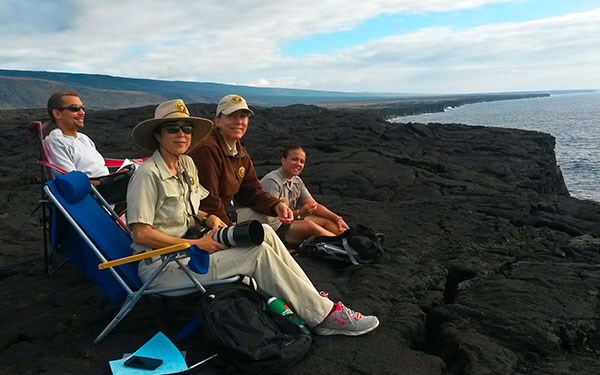
NPS Photo
When: Sat., March 31, 7:30 a.m. to 12:15 p.m.
Where: Ka‘ena Point, at the end of Chain of Craters Road
-NPS-
Last updated: February 15, 2018
